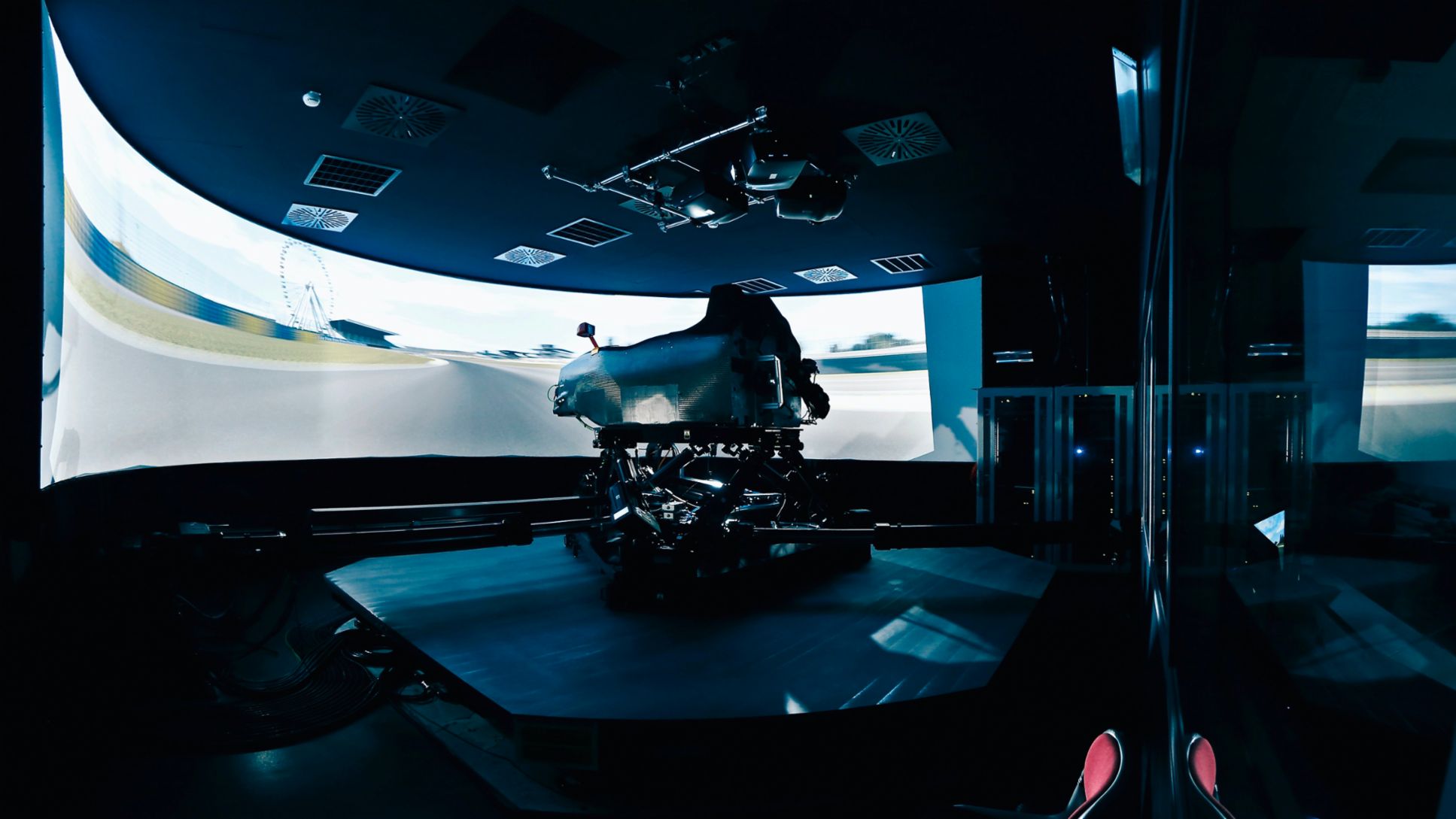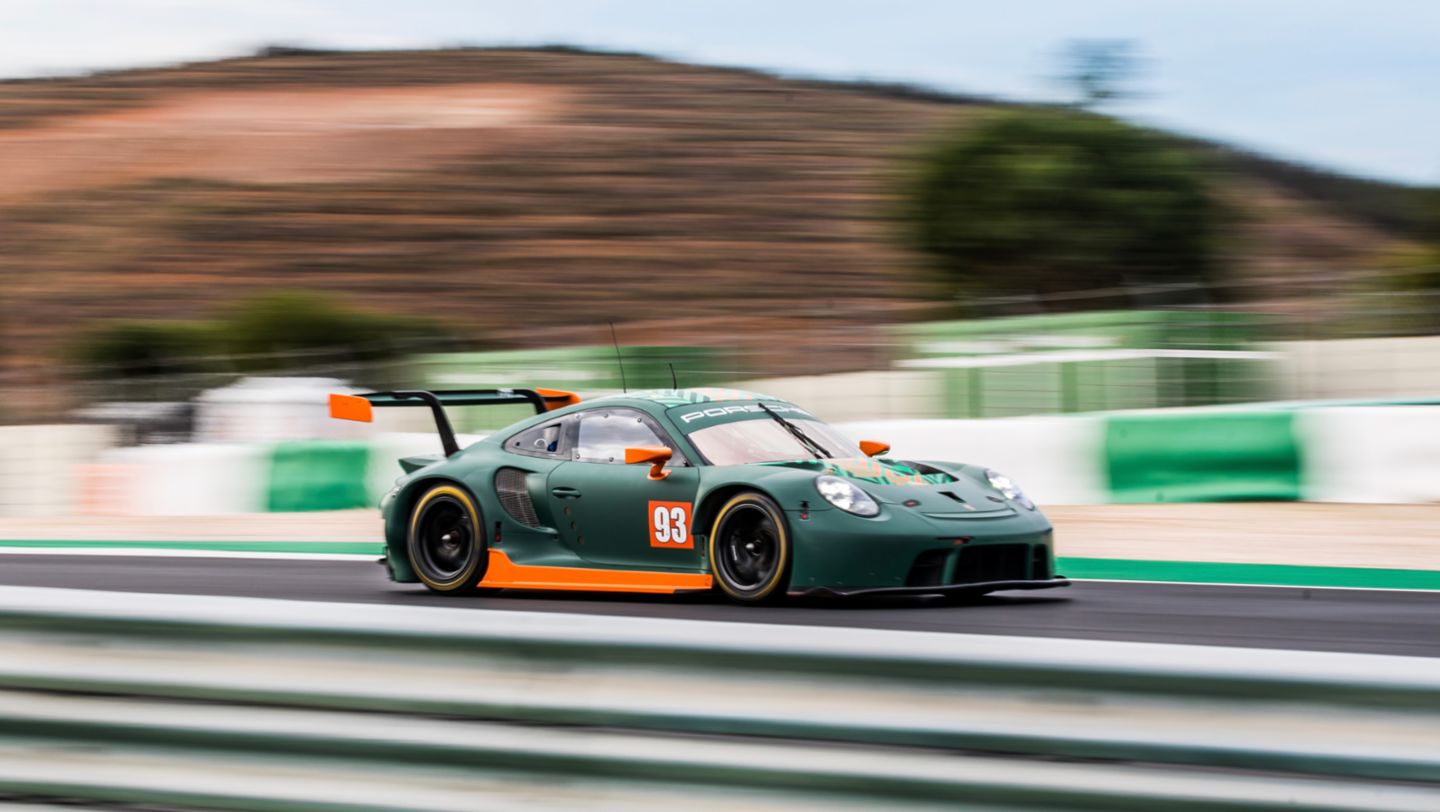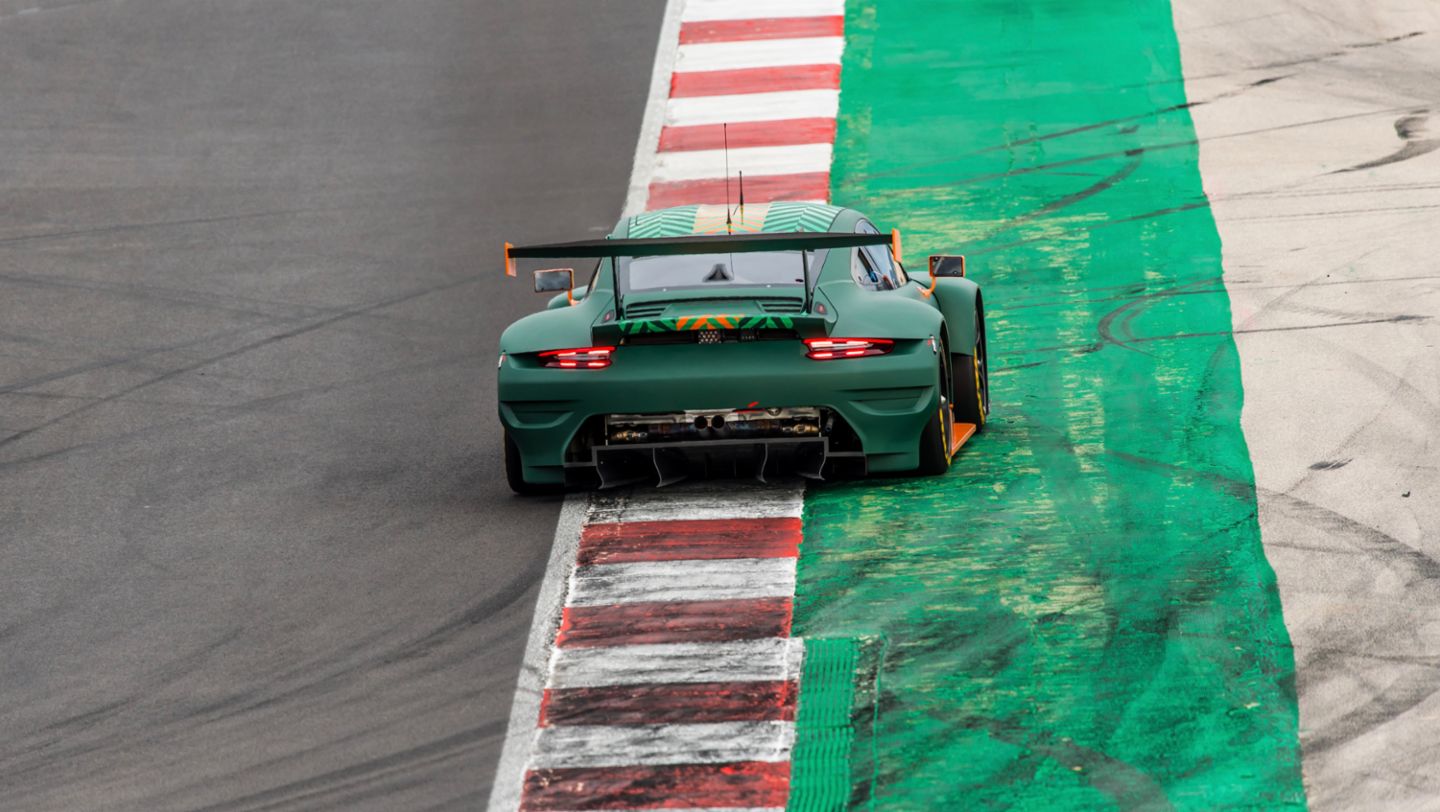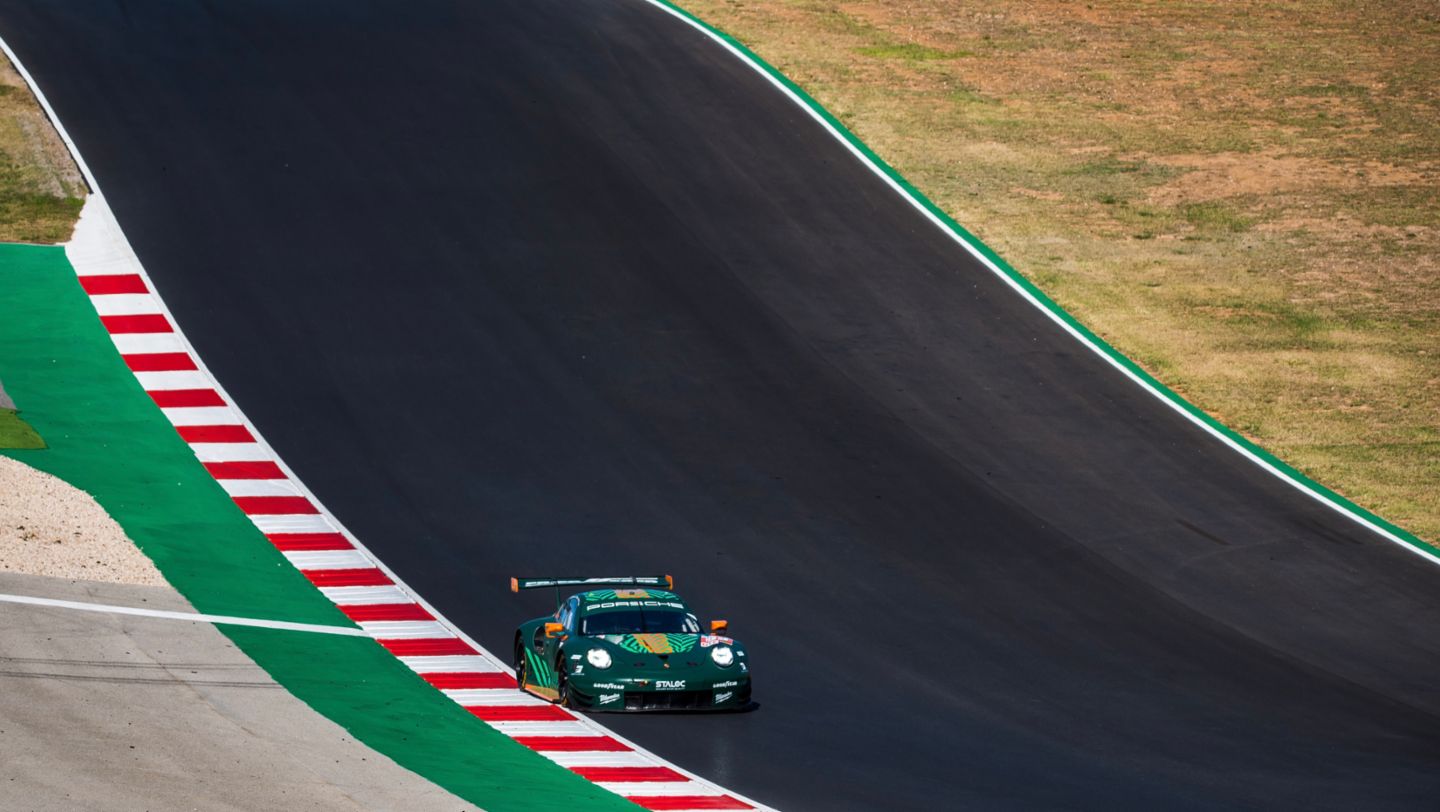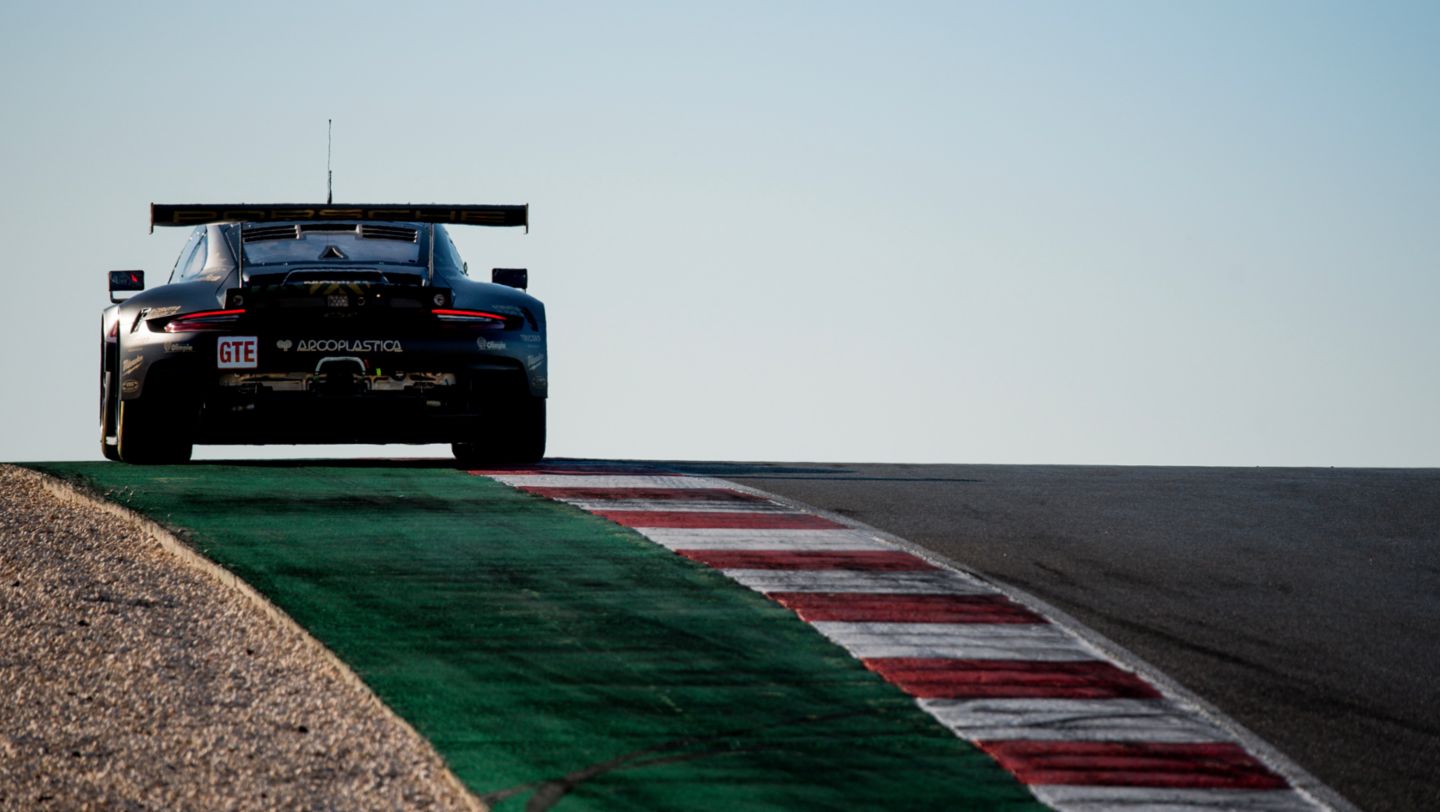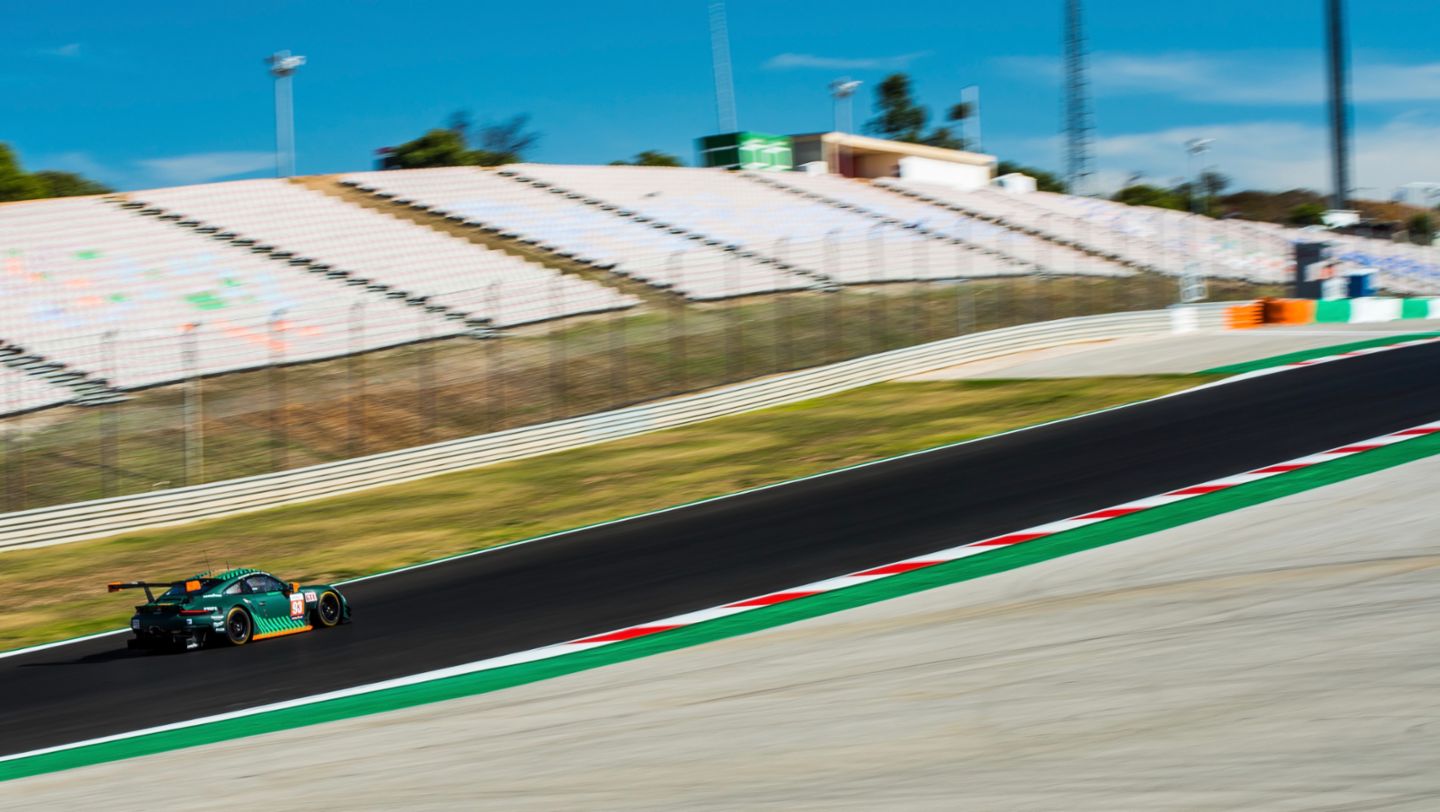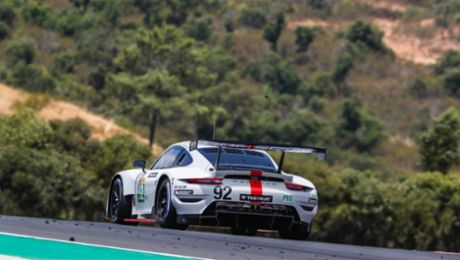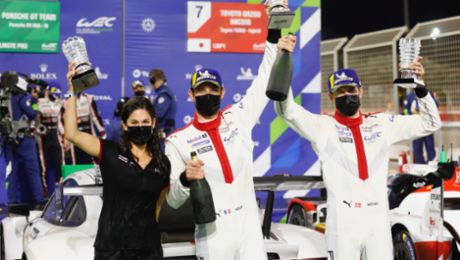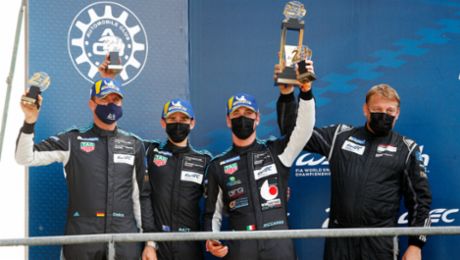The crew knows the 4.684-kilometre circuit from test drives there with the previous model. Prior to travelling to the event, the setup of the two latest-generation ca. 515 PS racing vehicles was finalised at the development centre at Weissach. A cutting-edge simulator with its powerful electromechanical actuators from the company VI-Grade replicates even the tiniest details of the Autódromo International do Algarve. The driving behaviour of the virtual 911 RSR in the 180-degree panorama comes close to reality.
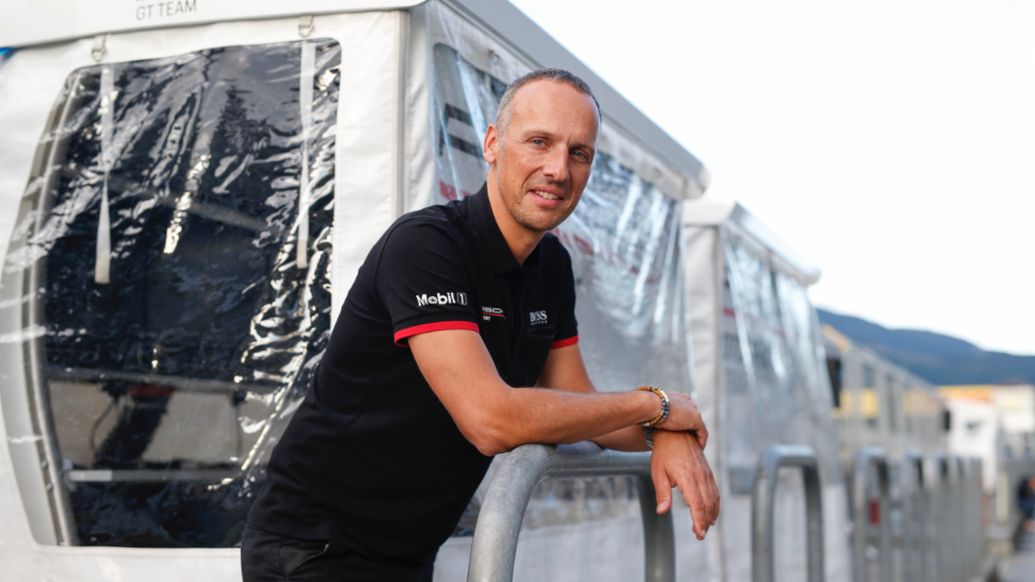
“The simulation is very precise but it can never be a 100 per cent portrayal of reality. This means that we always have to check it against the real data from the first outings on the racetrack,” explains Alexander Stehlig, Head of Operations FIA WEC. To prepare for the simulator work, the latest data from the racetrack is installed. There are various providers who regularly carry out measurements using laser technology and offer the corresponding racetrack models for importing into the simulation based on rFactor Pro. Real-life observations then complement the process. Here, the data generated by customer teams play a critical role. For example, insights gained from running Proton Competition’s 911 RSR in the European Le Mans Series (ELMS) help to optimise the model. “The virtual representation is generally based on two major pillars: vehicle model and track data,” says Stehlig. “Theoretically, there is a third pillar called the driver. However, a virtual driver is never totally realistic, so we remove that variable and put a real driver in the simulator.”
The track data come from external sources; the vehicle model comprises the engine, aerodynamics, chassis and tyre components, among other things. The simulation platform offers a similar amount of telemetry data as the sensors generate during real track time. The analysis of these values enables targeted setup work, and driver feedback is always incorporated too. “Our drivers know precisely how the simulator work goes,” says Stehlig. “This means that they turn laps on the virtual racetrack exactly as they would on a real circuit – and that’s extremely important.” An example from the 2020 season illustrates how vital it is for drivers to take a realistic approach. The champion of the Porsche TAG Heuer Esports Supercup, Joshua Rogers from Australia, was given the chance to take part in a simulator session as part of the title-winner prize package. “It didn’t take Josh long to come very close to the lap times of Mathieu Jaminet and Sven Müller, but our drivers later agreed: if Josh drove like that in real life, it would be dangerous. He takes risks that nobody would dare to on the real racetrack.”
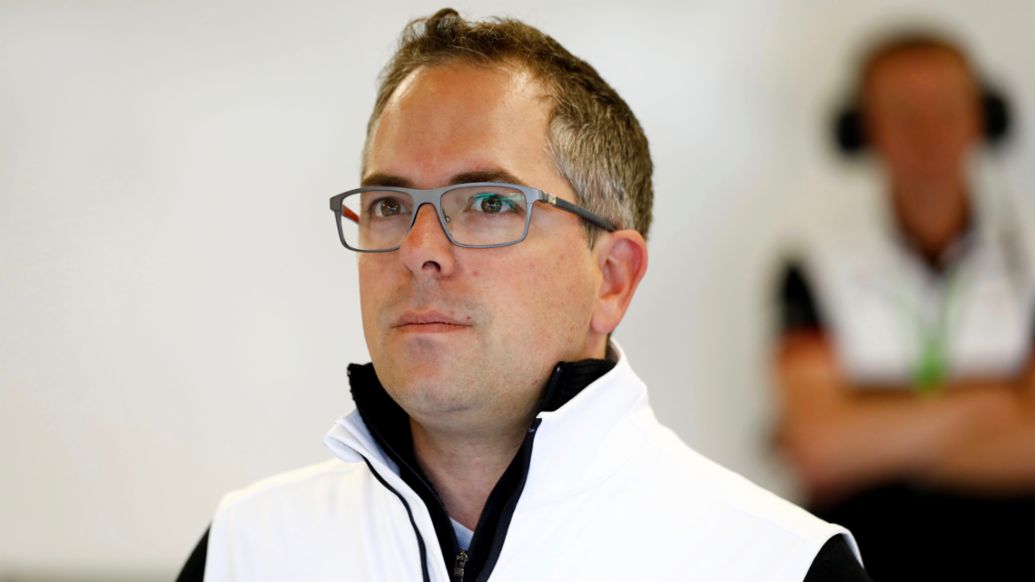
The simulation invites taking a risky racing line. No wonder, because spinning off the track ends painlessly every time. If a vehicle ends up in the tyre wall, all that is required is a swift reset. In an instant, the car is back in the pits and a new lap can begin. Simulators cause no expensive damage to the car, and the many virtual kilometres do not lead to wear and tear on the components. Plus, a change of location takes very little time. “In a simulator, the switch from Portimão to Le Mans, for example, can be done in ten minutes,” explains Pascal Zurlinden, Director Factory Motorsport. “Downloading the over 20-kilometre Nordschleife might take up to 15 minutes. The swift download times, the comfortable work on the setup and the inexpensive drives on the virtual tracks make the simulator an extremely attractive tool.”
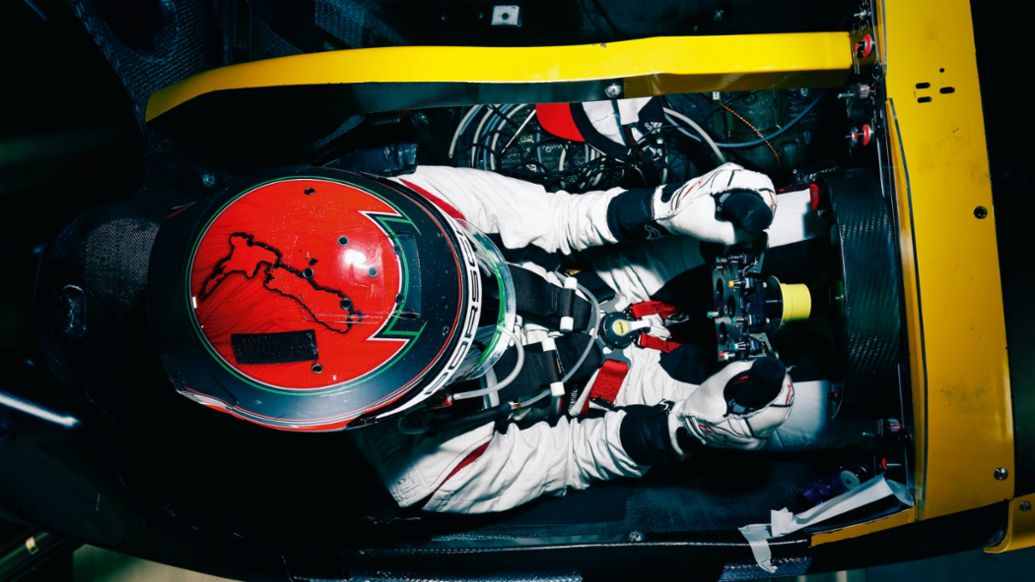
Porsche Motorsport uses the simulator to prepare for all races with the 911 RSR, and also uses it intensively for the works involvement in the ABB FIA Formula E World Championship, among others. The cockpit is almost identical to that of the Porsche 99X Electric. When switching over to GTE operations, only the Halo system is removed and the steering wheel of the GTE-Pro car is installed. In just a few minutes, an intensive Formula E session with André Lotterer in New York is followed immediately by a test drive in Portimão with Kévin Estre at the wheel. “The racetrack in Portugal was resurfaced last year for the Formula One race. The circuit was already very demanding on the tyres. The new surface has made it even more intense,” says Stehlig. The experienced engineer adds: “That’s why it’s all the more important to use the latest data from Michelin and gain critical experience virtually before the real wheels turn for the first time in Portimão.”
